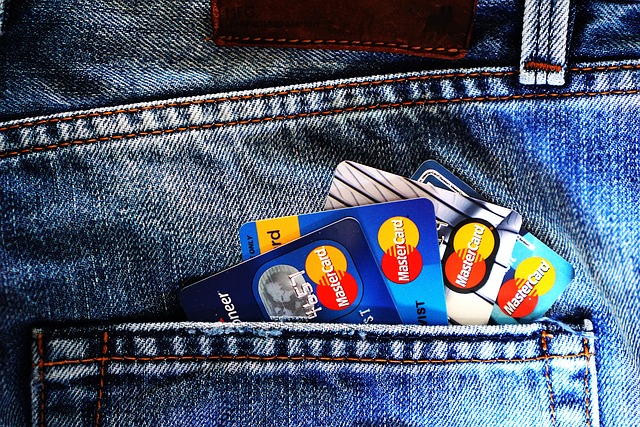Garage Sale Success: Plan, Price, and Promote for Big Results
A well-run garage sale can clear clutter, give items a second life, and put extra cash in your pocket—all in a single weekend. The difference between a slow morning and a steady stream of buyers comes down to planning, presentation, and promotion. Whether you’re downsizing, preparing for a move, or converting unused items into budget-friendly finds for neighbors in your area, this guide walks you through the essential steps to make your garage sale organized, profitable, and enjoyable.

Choose the best timing and know the rules
Before you set a date, check your local regulations. Some municipalities require permits, limit signage, or restrict the number of sales per year. Understanding neighborhood association rules is equally important. Aim for dates when foot traffic is naturally higher—spring and early summer weekends often work well. If several nearby households are interested, coordinate a multi-family sale; combined inventory attracts more shoppers and helps you share marketing efforts.
Sort and curate what you’ll sell
Start decluttering room by room. Focus on items that are clean, functional, and safe. Group like items together—kitchenware, small appliances, decor, books, toys, clothing, and tools—so you can later price and display them efficiently. Be realistic about condition: items with visible damage should be marked as-is, bundled at a discount, or recycled if they’re not usable. For clothing, prioritize current styles, seasonally appropriate pieces, and well-known brands to increase buyer interest.
Price items clearly and fairly
Clear, consistent pricing is one of the fastest ways to keep shoppers engaged. Use color-coded stickers or simple tags, and post category signs like “All books $1” or “3 for $5” to simplify decisions. For general guidance: price most items at about 10–30% of their original retail value, adjusting for condition, demand, and brand reputation. Create a bargain bin or “fill a bag” deal to move small items quickly. Keep a pricing cheat sheet handy so you can answer questions swiftly and stay consistent throughout the day.
Promote your sale where buyers look
Visibility matters. Combine online listings with neighborhood-friendly signs. Post on community platforms in your area and local social media groups, including clear photos, standout items, and your cross streets. Use large, legible yard signs with arrows placed at key intersections; keep the design simple with bold lettering and consistent colors so drivers can navigate quickly. If others on your block are joining, mention “multi-family” in your posts and signage to signal a bigger selection.
Stage for smooth browsing
Think like a store. Set up tables for small items, racks for clothing, and a separate section for tools or electronics. Place eye-catching, higher-value items near the front to draw people in. Clearly label sizes for clothing, and group items by category to reduce clutter and decision fatigue. Keep walkways wide and safe, provide a mirror for apparel and accessories, and test electronics with an extension cord available. A tidy, well-organized space creates trust and encourages longer browsing.
Make checkout simple and safe
A smooth payment process keeps lines short and buyers happy. Prepare a secure cash box with plenty of small bills and coins. If you’re open to digital payments, post your handle for a mobile wallet or payment app and confirm funds before handing items over. Keep a basic receipt pad for larger purchases and note any “as-is” sales. Bagging supplies, newspaper for wrapping fragile goods, and a measuring tape for furniture can all reduce friction at checkout.
Use smart negotiation tactics
Haggling is part of the garage sale experience, but you can set boundaries while staying friendly. Consider marking firm prices on select items to limit deep discounts. Offer bundle deals—such as “buy two, get one free” for books or toys—to encourage bigger baskets. If an item hasn’t moved by midday, adjust the price or group it with related pieces to add perceived value. A late-day “half-off” hour can help you clear remaining inventory without constant back-and-forth.
Keep things moving throughout the day
Refresh your tables as items sell so the space never looks picked over. Replace empty spots with items from backup boxes, and rotate different categories to the front to maintain interest. Greet visitors, mention any specials, and be ready with quick answers about sizes, materials, and compatibility. If you have a helper, divide roles: one person handles payment and questions while the other restocks and manages signage.
Mind safety and accessibility
Ensure the area is safe and comfortable for all visitors. Remove tripping hazards, secure pets, and keep cords and tools out of walkways. Provide shade if possible and have hand sanitizer available. If you’re selling heavy items, have a dolly or extra help on standby, and consider a “you carry” note for anything particularly bulky. Store cash out of sight and take periodic deposits indoors for added security.
Have a plan for leftovers
Decide in advance what you’ll do with unsold items. Many charities and thrift stores accept gently used goods; check donation guidelines for electronics, furniture, and textiles. Some organizations offer pickup services in your area. For items with niche value, consider listing them online with better photos and detailed descriptions. Recycle responsibly—old cords, broken small appliances, and certain textiles can often be diverted from landfill through local recycling programs.
Reflect and document for next time
After the sale, jot down what worked and what you’d change: the best-selling categories, optimal signage placement, effective price points, and the platforms that drove the most traffic. Store leftover tags, signage, and supplies for future use. A short debrief will streamline your next sale and help you achieve even better results.
Conclusion
With solid planning, clear pricing, targeted promotion, and a shopper-friendly setup, a garage sale can be both organized and profitable. A little extra effort in staging and communication pays off in higher foot traffic, smoother transactions, and fewer items left at the end of the day.






